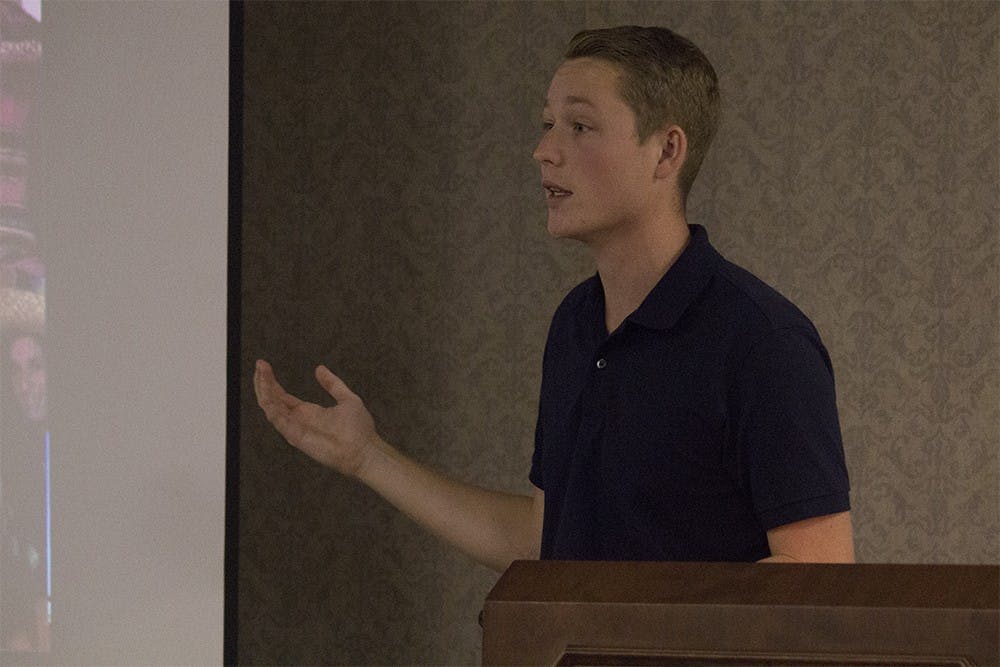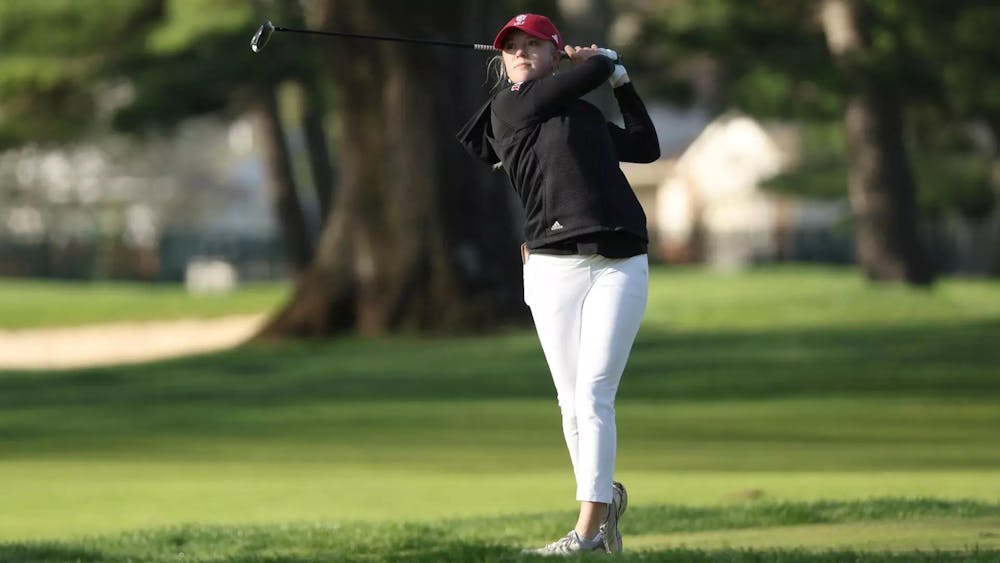Holbrook said members asked questions, challenged assumptions and tried to get to the root of the problems.
During a two-day retreat, members of the executive branch of IUSA took time in between team-building and leadership exercises to undergo Step UP! training.
Holbrook, co-chair of Culture of Care, officiated the 90-minute presentation that works in conjunction with Culture of Care to educate students on bystander intervention techniques.
Student organizations can request a Step UP! presentation for their group on the Culture of Care website. President Anne Tinder requested a presentation for IUSA members to take part in Saturday, Aug. 26.
“Because IUSA is kind of the organization that is supposed to set the standards for other student organizations, it’s really important that we understand perfectly how bystander intervention works so that we can share the word with other student organizations and other students on campus,” said Libby Gress, executive advisor to the vice president of administration.
Bystander intervention training focuses on students stepping in when they see others in a potentially dangerous situation.
These situations could involve alcohol, substances or sex, but freshman intern Alex Wisniewski said he also learned about the other circumstances in which bystander intervention training is applicable.
“It was just about stepping up and becoming someone that takes action: if someone has a mental illness, if someone has an eating disorder or just if you’re friends and you notice they’ve been missing a lot of class lately,” Wisniewski said. “It’s not just saying, ‘Why are you missing class lately?’ It’s ‘How can I help you?’”
Steve Browne, executive advisor to the vice president of congress, said he has been through bystander intervention training several times before. During Saturday’s training though, he said he noticed the freshman interns were particularly involved with the presentation, with a special interest in analyzing and understanding the concept of consent.
“I think the freshmen — their participation — was indicative of the increasing impact of Culture of Care and the awareness of those issues,” Browne said.
The training points out two types of intervention students can use in a potentially dangerous situation.
Direct intervention involves physically stepping into the situation, while indirect intervention involves using another means to intervene, such as calling the police.
Gress said she feels understanding both direct and indirect ways to intervene helps students become the person who actually steps up in a dangerous situation, instead of assuming someone else will.
Holbrook said student organizations might request Step UP! training for a few reasons.
One reason, he said, is student leaders might recognize the issues targeted by the training are prevalent on campus and believe the presentation is an effective way to make a difference.
“Bringing this out into the open and into discussion goes a long way in helping people really change how they approach it on a daily basis,” Holbrook said. “In addition to that, I know yesterday (with IUSA) was just fantastic discussion with a large group of people, and I know it’s a pretty good way, just from an organization’s stand point, to really get everyone on the same page and break down some of the barriers.”






